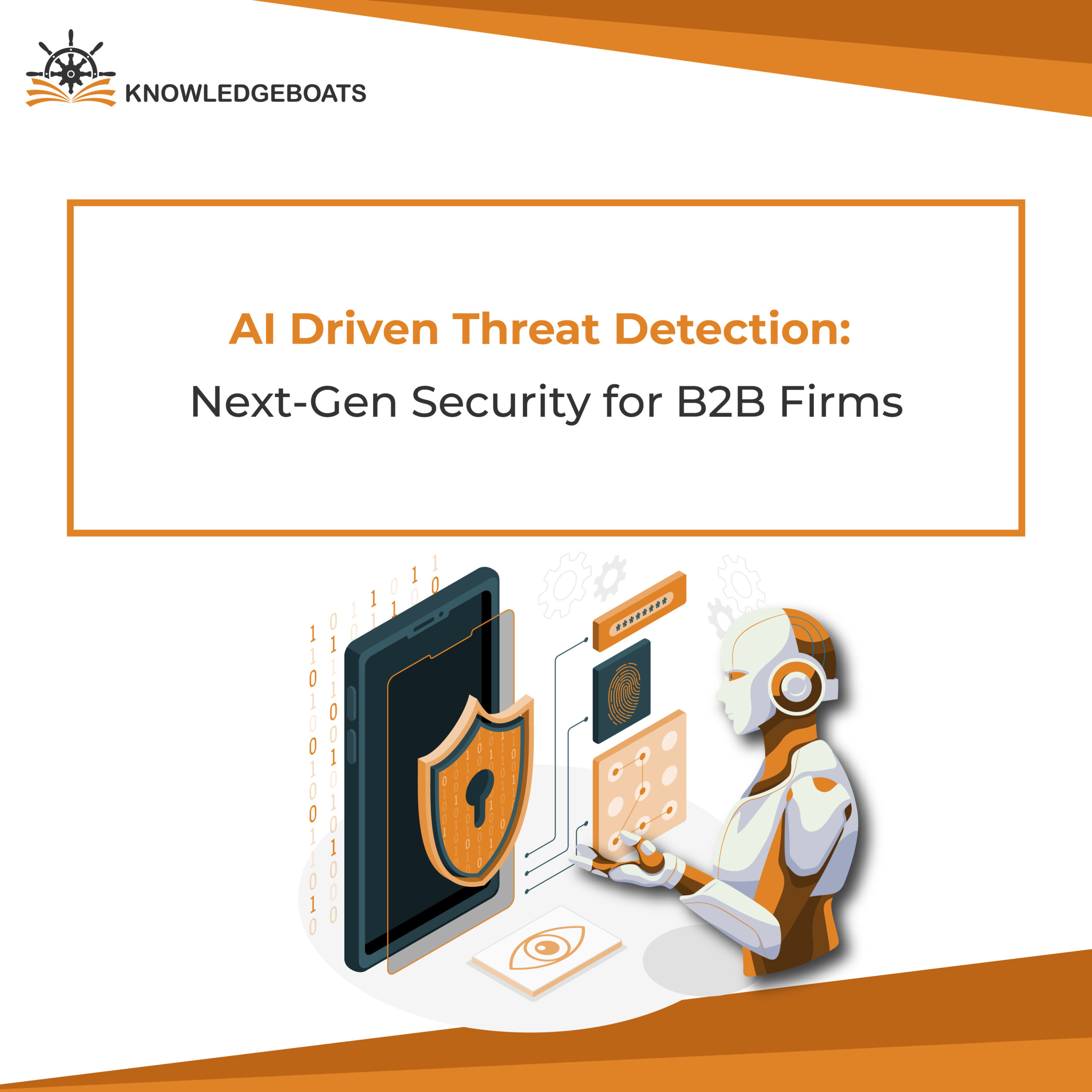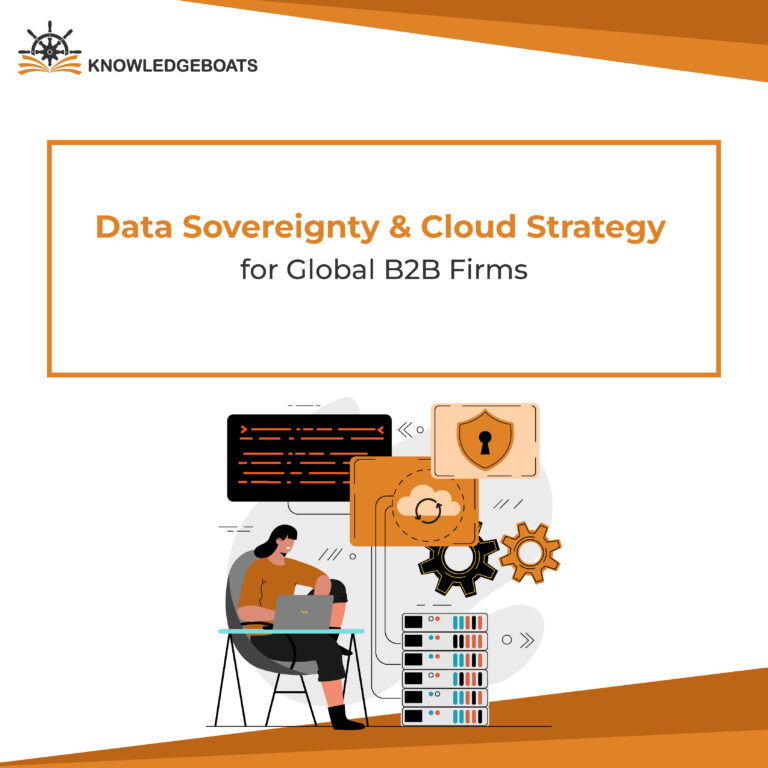
Your business is built on trust. It’s in every contract you sign, every client conversation you have, and every single connection you make in your digital supply chain. That trust is your most valuable asset.
And it’s more fragile than ever.
We all see the headlines, but the real risk isn’t some distant, abstract threat. It’s the knot in your stomach when you think about your customer data, your intellectual property, and your company’s reputation living behind a defense that feels, well, a bit dated.
The old security playbook we all followed with the one with firewalls and antivirus software was fine for its time. It was a solid “castle-and-moat” strategy. But today’s attackers aren’t laying siege to the castle walls. They’re already inside, posing as one of your own, using a stolen key to walk right through the front door.
And our security teams? They’re drowning. Buried in thousands of alerts a day, they’re forced to look for a single needle in a haystack of digital noise. It’s an impossible task, and it’s leading to burnout and, worse, missed threats. We can’t ask them to keep holding the line with tools that are outmatched.
A Different Way of Thinking
What if we stopped trying to guess what the attackers will do next? What if, instead, we got incredibly good at understanding the unique rhythm of our own business?
That’s the fundamental shift behind AI-driven threat detection. It’s not about building a bigger wall; it’s about developing a profound awareness of what’s happening within it. Instead of just memorizing a list of known bad guys, this approach learns the normal, everyday behavior of your people, your devices, and your data flows.
When something deviates from that normal, even slightly, it stands out. It’s less like a blaring, generic alarm and more like a trusted colleague tapping you on the shoulder and saying, “That doesn’t look right.”
What This Actually Looks Like
Let’s ground this. Imagine your head of finance, a diligent 9-to-5er, suddenly has their account attempt to access your engineering servers at 2:00 AM. A traditional system would see a valid login and think nothing of it. But an AI-powered UEBA (User & Entity Behavior Analytics) system knows this is wildly out of character. It sees the context, flags the anomaly, and can even lock the account before any damage is done. It spots the story behind the data.
Or think about those hyper-personalized phishing emails that target your leadership team. They look convincing because they’re designed to. AI-enhanced phishing detection doesn’t just scan for bad links; it understands intent, tone, and relationships. It can spot the subtle cues that scream “imposter” when a normal filter would be fooled.
And what about your security team? The benefits of an AI-enhanced SOC are about giving them their time and their sanity back. Instead of chasing down every single alert, AI-powered automation acts as a brilliant junior analyst. It handles the initial investigation, sorts the false alarms from the real threats, and presents the human experts with a clean, prioritized list of what actually needs their attention. Your best people get to spend their time on the challenges that truly require their expertise.
From Defense to Confidence
This isn’t just about preventing bad things from happening. It’s about creating the confidence to make good things happen. It’s the freedom to pursue that major new partnership without worrying about the security of the API integration. It’s the ability to empower your team with remote work and cloud tools, knowing you have a vigilant eye watching over them.
It’s about knowing that when a threat does emerge, your response isn’t a frantic, manual scramble. It’s an immediate, automated incident response that contains the problem in seconds, not hours. It’s the difference between a minor, internal event and a public-facing crisis.
So, Where Do You Start?
This journey doesn’t start with a purchase order or a complex technical spec sheet.
It starts with a simple, honest conversation about risk. What are the crown jewels of your business? Where do you feel most exposed? What keeps you up at night?
The goal isn’t to buy “AI.” It’s to adopt a smarter, more resilient way of protecting the business you’ve worked so hard to build. The technology is just the tool that finally makes it possible. It’s about giving your team the ability to win a fight that has felt unwinnable for too long. And for you, it’s about protecting that all-important trust, which is the foundation of everything.


